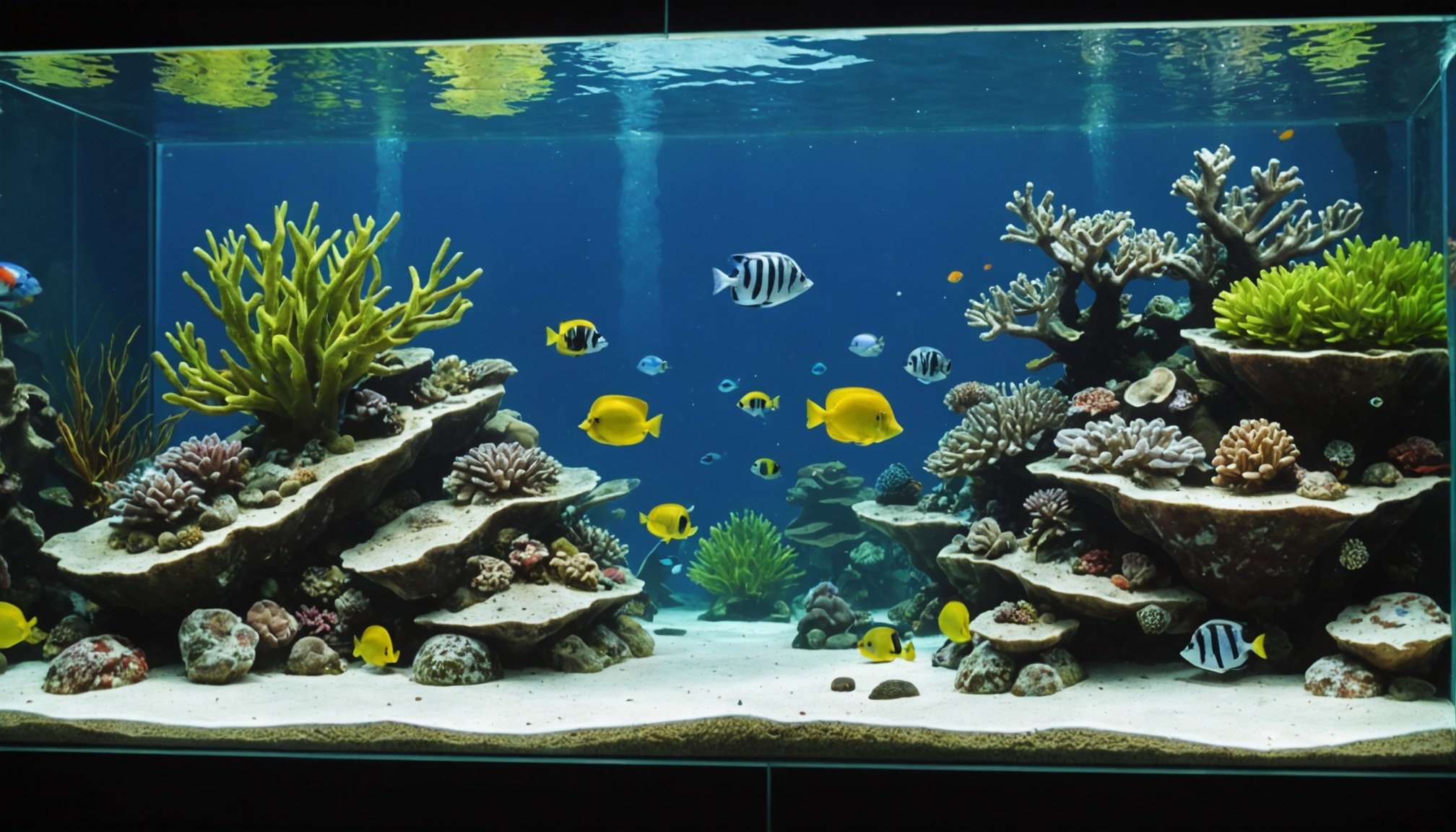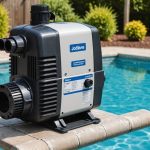Preparation for Relocating a Large Aquarium
Aquarium relocation preparation is crucial for maintaining the health of aquatic life and the integrity of your setup. To ensure a smooth transition, start by gathering essential equipment such as sturdy containers for fish, buckets for water, and packing materials to cushion fragile elements. Moving aquariums also requires selecting the right materials like soft towels to wrap glass components and durable tapes to secure lids.
When preparing the aquarium environment, assess the current setup aspects like lighting and filtration to anticipate their reinstallation in the new location. Address any potential risks by inspecting the aquarium for wear or damage that could complicate the move.
Have you seen this : Essential Factors to Consider Before Relocating to a High-Security Area in the UK
A detailed moving plan and timeline are fundamental. Develop a step-by-step approach outlining each phase of the move from securing fish and draining water to the actual transit process. Be sure to incorporate ample time for tasks like acclimating your aquatic specimens to temporary housing. This structured plan will help in anticipating challenges and ensuring all elements of the move are covered, ultimately reducing stress for both the owner and the aquatic life involved.
Packing Techniques for Large Aquariums
Packing an aquarium involves more than just buying boxes; it requires meticulous planning and execution to ensure fish safety and structural integrity. Begin by draining and cleaning the aquarium. Gently remove fish and place them in aerated, resilient containers. Slowly siphon water to avoid disturbing substrates.
Also read : Seamless transitions: expert strategies for managing multi-generational relocations in the uk
Securing Equipment and Decorations
All equipment and decorations should be cleaned and dried. Remove and wrap decorations such as rocks or driftwood in bubble wrap to prevent damage. Store equipment like heaters and filters separately, each secured in sturdy boxes. Ensure wires and fragile items are tightly packed.
Packaging Fish and Live Plants
Fish should be transported in separate containers tailored for aquatic life, maintaining stable water temperature and oxygen levels. Live plants need damp conditions; wrap roots in wet newspaper before sealing in plastic bags.
While packing, focus on maintaining fish safety, which is critical for a successful move. Keeping every component organized and secure reduces stress on aquatic life and avoids breakages. Following these specialized packing techniques can prevent any potential mishaps during aquarium transport, ultimately ensuring your setup’s seamless transition to a new location.
Transporting Your Aquarium
Transporting an aquarium requires careful aquarium transport logistics to ensure safety and efficiency. Choosing the right vehicle is paramount. Large vans or enclosed trailers are ideal as they provide ample space and protection against the elements. Temperature stability is crucial; vehicles with climate control systems help maintain a consistent environment, minimising stress on your fish.
During transit, stability should not be overlooked. Ensure the aquarium is secured to prevent movement. Use sturdy straps and avoid placing heavy items on top. Monitoring conditions like temperature throughout the journey is essential to keep the aquatic inhabitants safe.
Furthermore, when moving fish safely, it is important to pack them in containers designed for aquatic transport, which maintain appropriate oxygen levels. Additional considerations include using insulated coverings to shield them from fluctuating temperatures. By addressing these key logistics, the aquarium and its inhabitants can be transported safely to their new home without issue.
Setting Up Your Aquarium in the New Location
Successfully setting up your aquarium in its new location involves precise aquarium setup practices. Firstly, choosing an ideal spot is essential. Consider areas with stable temperature levels, away from direct sunlight or heat sources. This avoids algae growth and maintains a balanced environment.
Reassembling and Filling the Aquarium
Begin post-move installation by ensuring the stand is level and secure. Assemble and clean all components before reintroducing water. Add familiar decorations and substrates to recreate the previous ecosystem, easing the transition for your aquatic life.
Adjusting Water Parameters and Aquascaping
After filling, focus on adjusting water parameters. Check pH, hardness, and temperature to match pre-move conditions, helping stress reduction in fish. Gradually introduce aquatic plants and fine-tune the aquascaping to ensure aesthetics and functionality are preserved. Ensure filters and lighting systems are set correctly to foster a healthy environment.
By following these aquarium setup tips, you can recreate a familiar and stress-free habitat for your aquatic life, promoting their well-being and thriving in a new location.
Post-Move Care for Fish and Aquarium
Once the aquarium is in its new home, prioritising aquarium maintenance and observing fish acclimatization is crucial for a smooth transition. Immediately after relocation, it’s essential to monitor parameters such as water temperature, pH levels, and ammonia content to ensure they align with pre-moving conditions.
Begin by carefully acclimating the fish to their new environment, focusing on gradual integration to reduce stress. This involves slowly introducing them to the new water to acclimate them to temperature and chemical differences. Watch closely for any signs of distress or illness among the fish, as early intervention can prevent further issues.
Continued attention is required for long-term tank health after moving. Regular aquarium maintenance checks should be scheduled to maintain filter performance, lighting, and cleanliness. Moreover, observe the behavior and health of the aquatic life consistently to identify any evolving issues promptly.
Adhering to these ongoing care tips will ensure both stability and harmony within the tank, allowing it to thrive in its new environment. Regular adjustments and attention pave the way for a healthy and vibrant aquatic ecosystem, establishing a beautiful new showcase in your home.
Regulatory Considerations for Aquarium Relocation in the UK
When planning an aquarium relocation within the UK, it’s essential to understand the legislative landscape. Compliance with fish transportation laws and broader aquarium regulations UK is crucial to avoid legal complications.
Understanding Local Regulations on Aquarium Species
Before the move, research whether any specific aquarium species are subject to restrictions. Some regions may have rules regarding non-native or invasive species, which could impact allowable transportation. Checking these regulations ensures that you adhere to legal requirements, preventing potential fines.
Considerations for Invasive Species
In the UK, transporting invasive species requires special attention. Species classified as invasive may need permits for relocation to minimise ecological impact. This measure protects native ecosystems from disturbances caused by non-local species establishing in new environments.
Required Permits or Documentation
Moving aquariums with certain species may necessitate obtaining official permits. It’s vital to gather all requisite documentation well in advance to avoid delays or penalties during your move. Keeping thorough records of your aquarium’s contents helps align with legal responsibilities.
Understanding these regulatory considerations ensures a smooth relocation process that respects both legal frameworks and environmental priorities, safeguarding your aquatic responsibilities.





